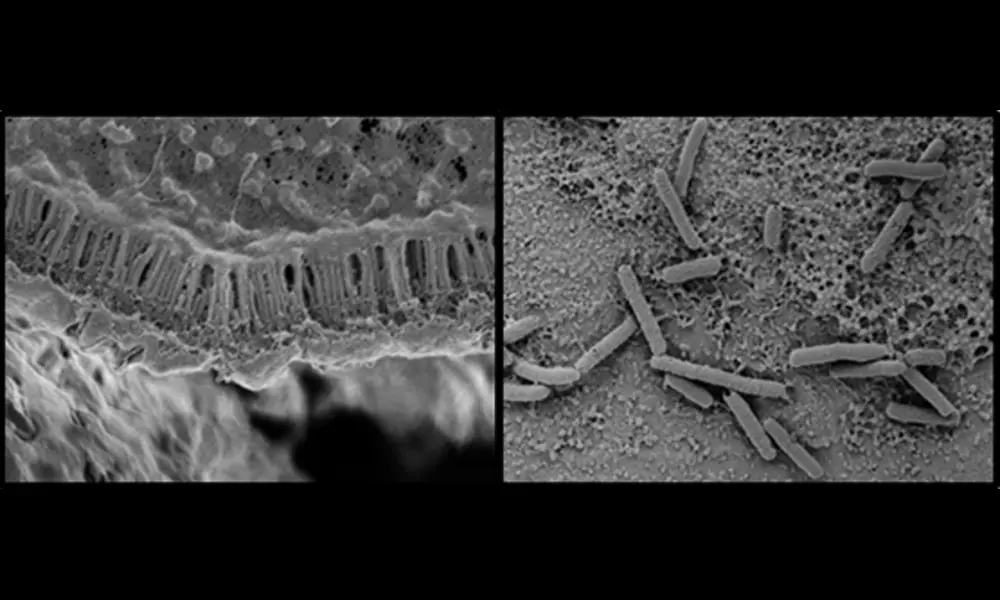E. Coli Transformed to Capture Carbon with Just Three Mutations
Published on Sat Jun 03 2023 | National Center for Advancing Translational Sciences on flickr
| National Center for Advancing Translational Sciences on flickrTitle: Genetic Breakthrough: E. Coli Modified to Grow Autotrophically with Just Three Mutations
Introduction:
In the fight against climate change, scientists are exploring innovative ways to reduce carbon dioxide (CO2) emissions. One promising avenue is synthetic autotrophy, a process where organisms metabolize CO2 efficiently, potentially transforming it into valuable products like food, fuel, and bio-plastics. However, autotrophic organisms are difficult to genetically manipulate compared to more commonly studied heterotrophic organisms such as E. coli. A recent study delves into this challenge, demonstrating how E. coli can be modified to grow autotrophically with just three genetic mutations.
Research Findings:
The study, published in the journal Nature Communications, highlights the successful transformation of E. coli from a heterotrophic organism to an autotroph. Through a combination of rational design, iterative laboratory evolution, and genetic engineering, scientists were able to identify three key mutations that enabled E. coli to grow autotrophically in the presence of non-native energy and carbon-fixing modules.
The three mutated genes identified in this research were pgi, crp, and rpoB. The pgi mutation reduced enzyme activity, leading to the stabilization of the carbon-fixing cycle by capping a major branching flux. The other two mutations increased the ratio of NADH/NAD+, the cycle's electron donor. The study emphasizes the adaptability of metabolism and the remarkable capacity of evolution to switch trophic modes with just a few mutations.
Significance and Implications:
This breakthrough has significant implications for sustainable bioproduction. By converting E. coli into an autotroph, researchers have unlocked a potentially efficient method for capturing CO2 and producing valuable resources. This approach could pave the way for the future engineering of other heterotrophic organisms into autotrophs, expanding the scope of bio-production possibilities.
Furthermore, this study provides fundamental insights into the structure and regulation of metabolism. The researchers demonstrated that iterative lab evolution, combined with genetic engineering, can rapidly identify essential mutations for autotrophy. This malleability of metabolism opens up new avenues for genetic engineering in various fields.
Conclusion:
With just three genetic mutations, E. coli has been transformed into an autotroph, capable of efficiently metabolizing CO2. This breakthrough not only holds promise for reducing greenhouse gas emissions but also sheds light on the principles of metabolism and evolution. As scientists continue to explore the potential of synthetic autotrophy, this study demonstrates the power of genetic engineering and iterative evolution in manipulating organisms for sustainable bioproduction.



